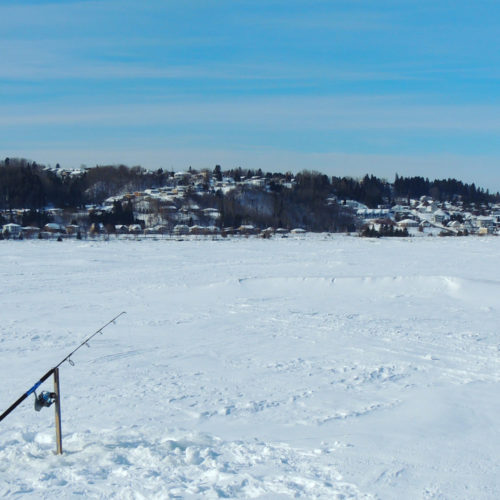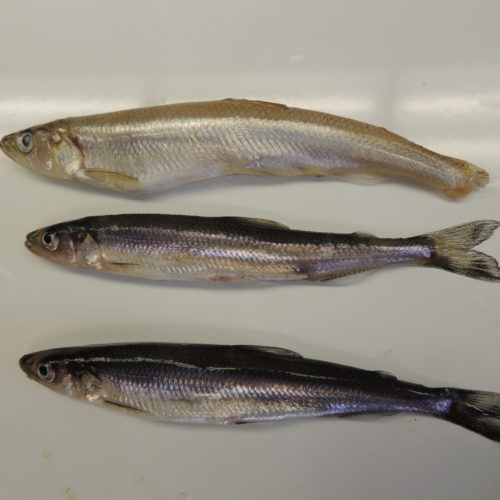

Study of trophodynamics in the Saguenay Fjord ecosystem, focusing on diadromous and marine teleost species exploited by recreational fishing
Research summary
The food web of the Saguenay Fjord remains poorly studied with only a few ichthyological studies that provide a summary inventory of the aquatic species living there. The trophodynamic interactions of these species are largely unknown.
To provide further answers, this thesis project involves coupling stomach content and stable isotope analyses—carbon (δ13C), nitrogen (δ15N) and sulphur (δ34S)—of the main species exploited by sport fishers. These species are rainbow smelt (Osmerus mordax), striped bass (Morone saxatilis), capelin (Mallotus villosus), Atlantic redfish (Sebastes mentella), Atlantic cod (Gadus morhua) and Greenland halibut (Reinhardtius hippoglossoides), also known as turbot.
The project’s objectives are therefore to identify the main trophic pathways in the Saguenay Fjord and the key species in the upper trophic levels. This analysis will include examining the energy transfers between pelagic and benthic organisms and transfers between the warm surface waters (fresh and brackish) and cold deep marine waters.
This project is co-directed by Gesche Winkler (UQAR-ISMER).

Professor, Department of Fundamental Sciences, Université du Québec à Chicoutimi
Director of the Chair for Research on Exploited Aquatic Species

Professor, Department of Fundamental Sciences, Université du Québec à Chicoutimi
Co-Holder of the Chair for Research on Exploited Aquatic Species




